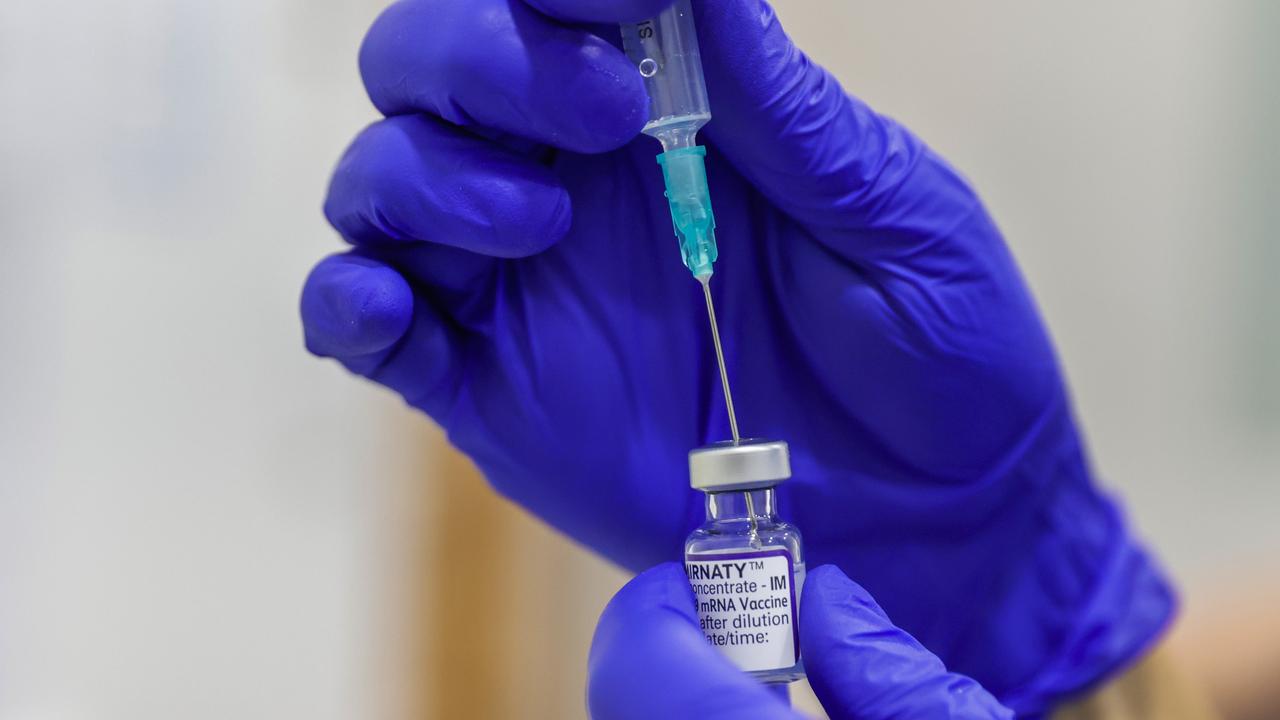Covid NSW: Sydney’s west vital to keep city operating amid lockdown
If you shop at Woolies, IGA, Harvey Norman, IKEA or Bing Lee, you’re relying on southwest and Western Sydney. Here’s why the whole city needs these regions to keep operating.
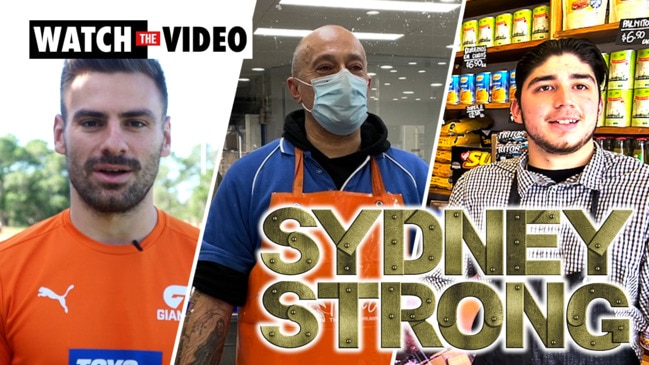
NSW Coronavirus News
Don't miss out on the headlines from NSW Coronavirus News. Followed categories will be added to My News.
If you’ve ever thought it would be a good idea to fence off south west or western Sydney to stop the region’s spiralling number of Covid-19 cases infecting the rest of the state, consider this.
Your Woolworths food comes through major warehouses at Minchinbury and Yennora, while Coles distribute from Eastern Creek and Smeaton Grange.
If you shop at IGA, your Metcash distribution centre is at Huntingwood.
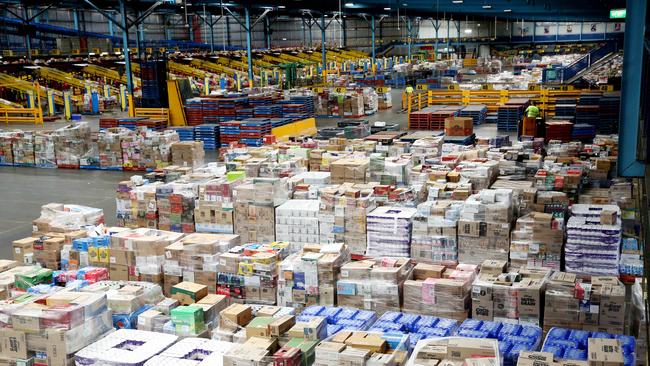
And it’s not just the food chain which is co-ordinated out of Western Sydney, with pharmaceutical supplies based at warehouses in the region, while Bing Lee (Old Guilford), Harvey Norman (Blacktown) and IKEA (Marsden Park) supply electronics and white goods from their western warehouses.
And beyond the warehouses, tens of thousands of essential workers – ranging from cleaners to supermarket cashiers – hail from the region and travel every day to keep the state moving, while dozens of building and landscape suppliers based in the region work to keep construction moving.
It’s why calls to shut down businesses in western Sydney are so far off the mark, according to Western Sydney Dialogue chair Chris Brown
“This is what a lot of Sydney doesn’t get – western Sydney is where we make things, where we move things – we supply the rest of the town,” he said.
“People need to realise that people in western Sydney and south western Sydney can’t sit at home and ‘Zoom’ all day – they need to get on the bus and get to the warehouse or the factory.
“They work their butt off to ensure that Sydney works for the rest of us.”
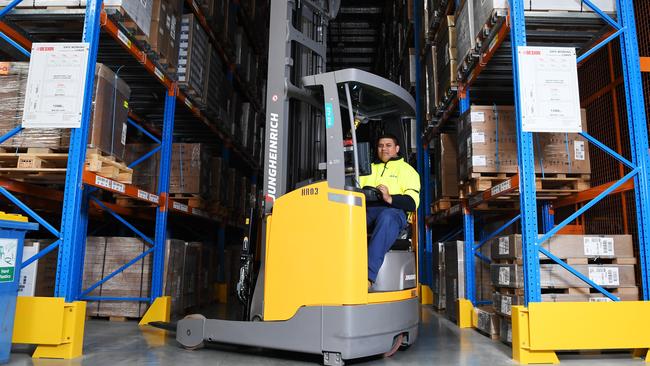
The importance of the region and its people isn’t confined to Sydney’s west either, with the Shop, Distributive and Allied Employees union saying more than 17,000 members leave hotspot LGAs every day to work essential jobs at supermarkets and warehouses across the city.
“These people are keeping our city and state going. If they’re not at work, the food supply stops, the pharmaceutical supplies stop,” NSW secretary Bernie Smith said.
“People don’t appreciate is the number of workers who leave those areas to keep Sydney functioning. There’s thousands of people every day who leave those LGAs to work at other LGAs and keep those supermarkets and distribution centres open.”
NSW COVID-19 CASE LOCATIONS, CASES AND TESTS
Use the hamburger button below to filter results by cases, tests and time period. After selecting your option, click the menu again to show the new map. Source: NSW Health
Lyndal Ryan, the national director of property services at the United Workers Union, said the vast majority of their members in low-paid jobs like cleaning and security lived in the western suburbs.
“They live where they can afford … and they have to go out and face their fears,” Ms Ryan said, saying workers were still on the job cleaning schools, offices and Covid-19 contact sites across Sydney.
Dr Andy Marks, the assistant vice-chancellor at Western Sydney University, said the region was estimated to contribute between $180 billion to $2 billion to the national economy annually – with those frontline jobs never as important as now.
“They’re the engine room. If they stopped working than Sydney and NSW stops working,” he told The Telegraph.
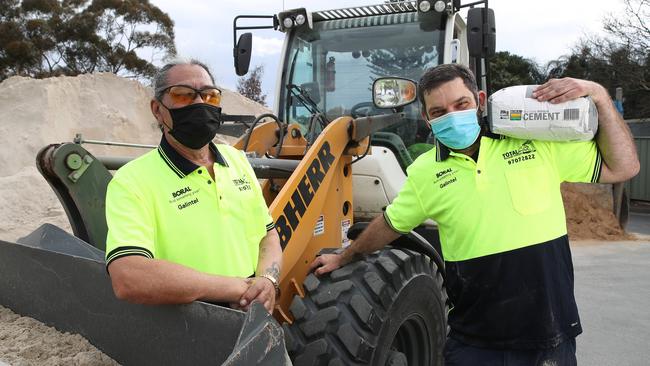
It’s also why the notion of remote work was a rarity few in the area can practice.
“If you did a map of Sydney where the rates of work from home are highest, they are in the east and north of Sydney – they’re able to work from home very easily. But in western Sydney you’ve got to front up to a hospital, a factory, a delivery truck – that’s why the lockdown is so challenging.”
Woolworths, which employs more than 2,500 staff at its south west and western Sydney distribution centres, and Coles have both begun programs to get their workers vaccinated and keep the state’s shops stocked, amid other measures to keep their workers safe.
Coles has likewise been in discussions with the Federal Government to open up onsite vaccinations for staff at their distribution centres, a spokesman told The Telegraph.
And with dozens of major landscaping and building suppliers based in the west, businesses of all sizes are keeping the wheels turning to make sure crucial construction work can go ahead across the city.
Punchbowl business Total Building Supplies, which feeds builders, bricklayers and other labourers over Sydney, said recent restrictions barring delivery workers from attending job sites without a Covid-19 jab or negative test was another hurtle they’ve had to jump.
“(Without us) nobody can work – including all the people we supply,” employee Mark Ayoub told The Telegraph.
“The hardest part is we have (third party) drivers delivering our stuff – we can’t really dictate to them to go and get a jab so we’re pretty much reliant on them to do it.
“Because of this we’re probably down 70 per cent – we’re doing enough to keep everyone still employed but that’s not going to be able to last too much longer.”
If the lockdown has taught us anything, Minister for Western Sydney Stuart Ayres said, was that the city’s west “is the engine room of our economy”.
“From workers, to freight, logistics and distribution centres – it’s Western Sydney that keeps shelves stocked, food on our plates and fulfils our click and collects,” he said.
“Getting workers vaccinated is critical to getting out of the lockdown and this is even more so in Western Sydney. As we know, when Western Sydney stops working the economy stops moving.”





